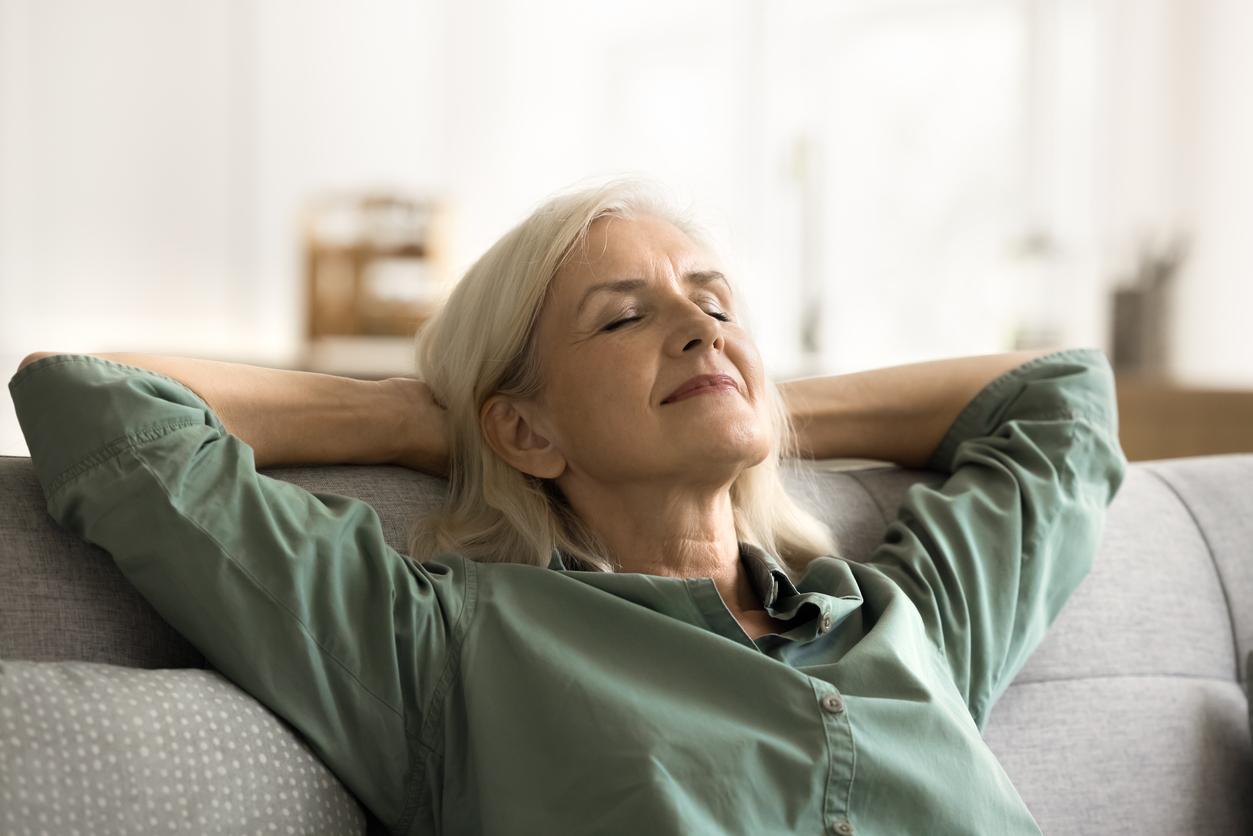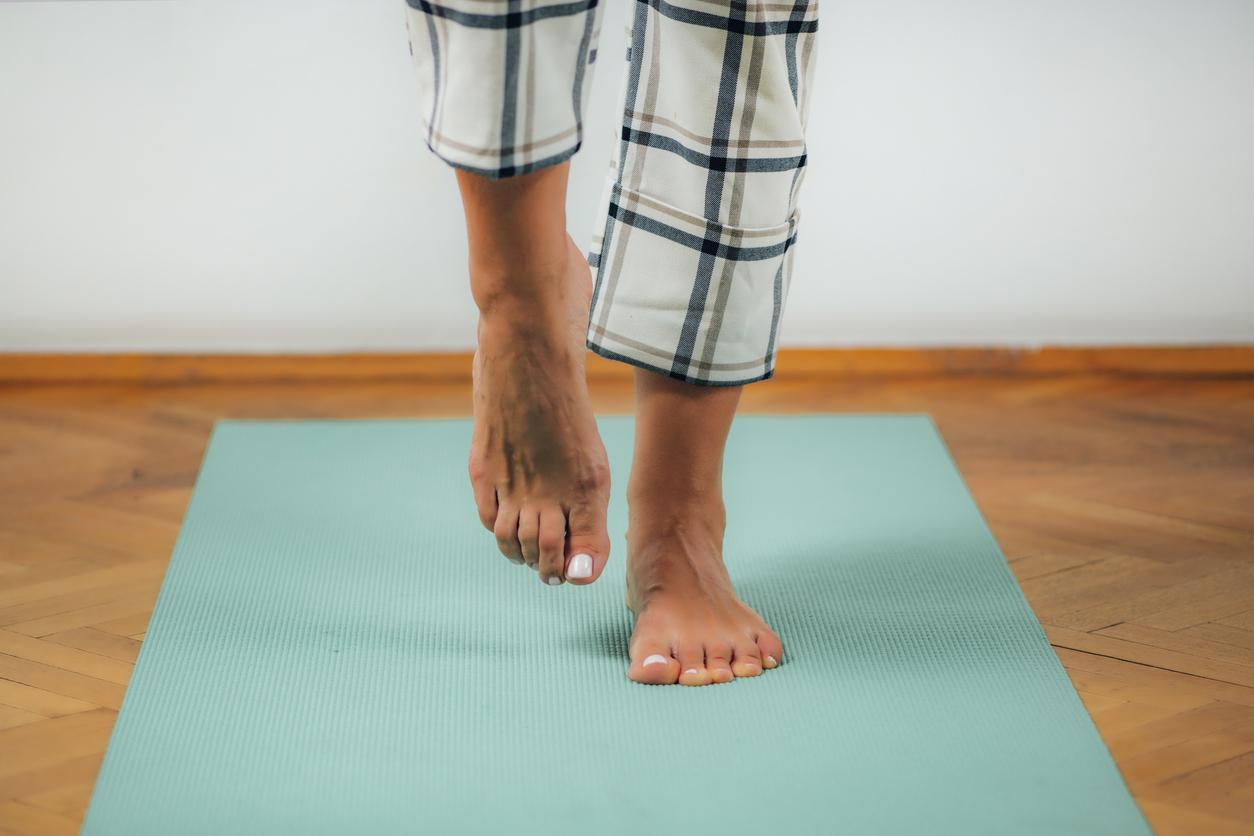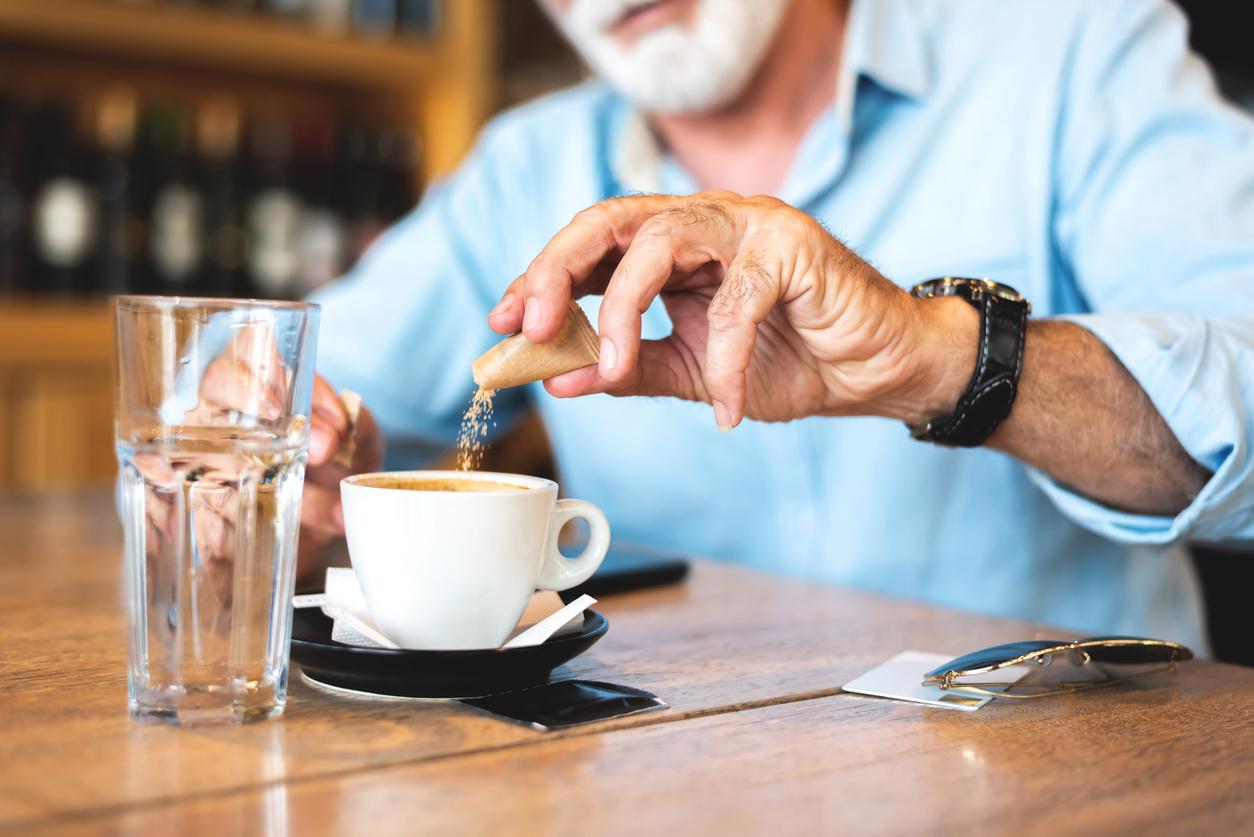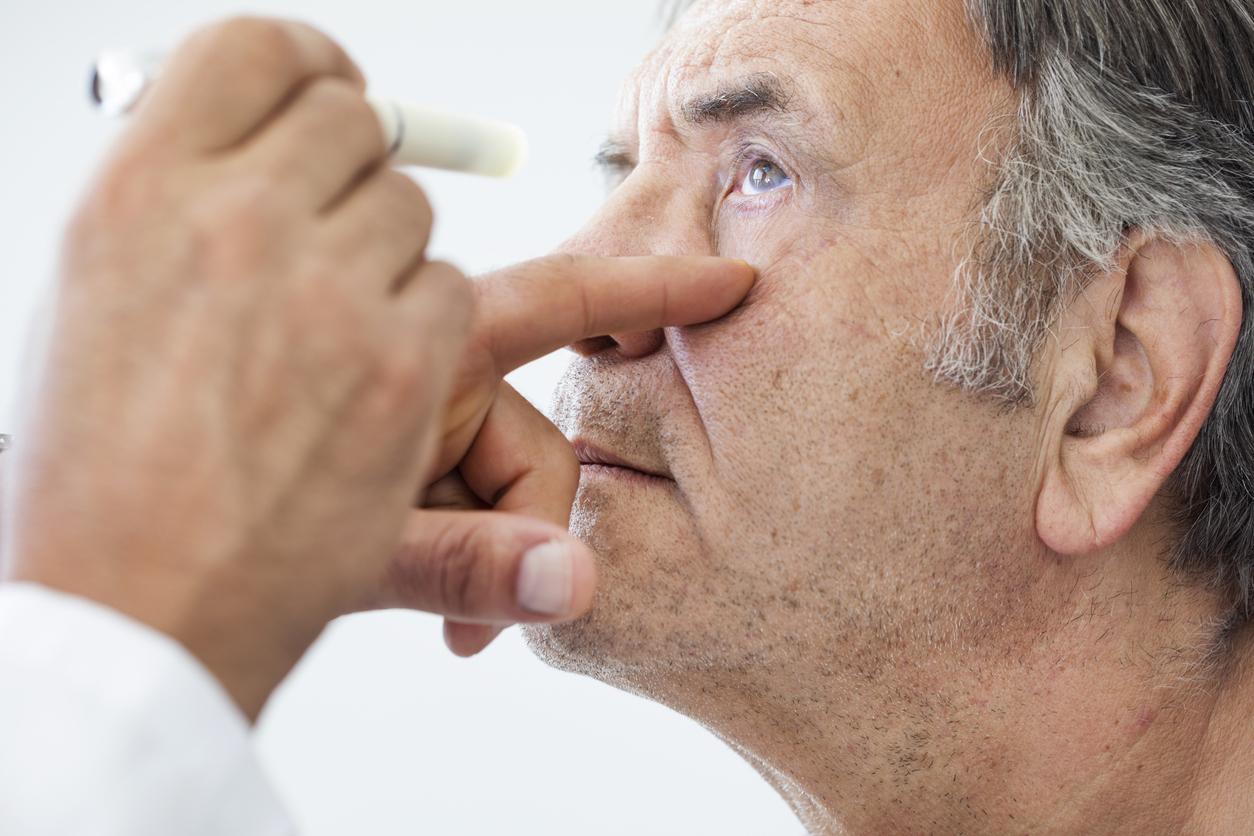Doing 150 minutes of physical exercise per week would reduce the risk of loss of mobility in the elderly. The authors of the study advocate the establishment of awareness programs.
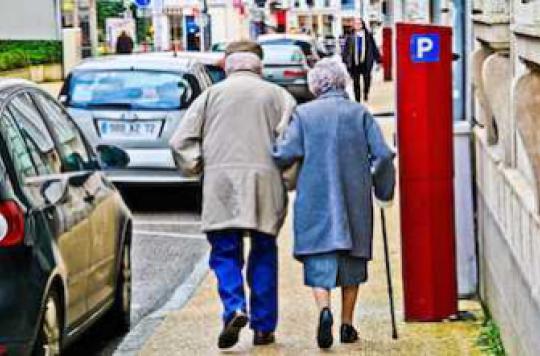
Today, more and more doctors are prescribing physical exercise like medication. A trend that could well concern the elderly. For the first time, a US study has quantified how important it is for seniors to exercise. The work is published in the medical journal Journal of the American Medical Association (JAMA).
150 minutes of exercise per week is enough
Launched by Jack Guralnik, Professor at the Maryland School of Medicine, the LIFE study (1) studied 1,635 men and women aged 70 to 89 for two and a half years. After being selected, the participants were divided into two groups. In the first, 818 seniors had to perform low-intensity physical exercises every day. Their goal was to exercise 150 minutes per week with a program of 30 minutes of walking, 10 minutes of balance training, 10 minutes of lower extremity exercises and lots of stretching. The researchers scheduled two supervised sessions at the hospital and three to four sessions at home.
The remaining 817 seniors followed a program that included weekly physical education classes for the first two years and monthly classes for the last six months of the study.
After two and a half years of follow-up, the researchers found that the first group had benefited greatly from the exercise. The two and a half hours a week enabled 818 elderly people to reduce the risk of experiencing serious mobility problems by 18%. Thanks to the physical program, Prof. Guralnik’s team observed that the participants had much less difficulty walking 400 meters without their cane or walker.
Maintain the autonomy of seniors
“These are very positive results that can be implemented today and will make a difference for many very fragile elderly people and their families,” says Dr Hodes, director of the National Institute for Aging. The researchers welcome the establishment of the LIFE program because “at the start of the study, most participants were at high risk of experiencing mobility problems,” says Dr. Hadley, co-author of the study.
After its first very positive results, the researchers will continue analyzing the results of the LIFE study to find out the impact of physical exercise, but this time on the well-being of the participants.
(1) Lifestyle Interventions and Independence for Elders
.










